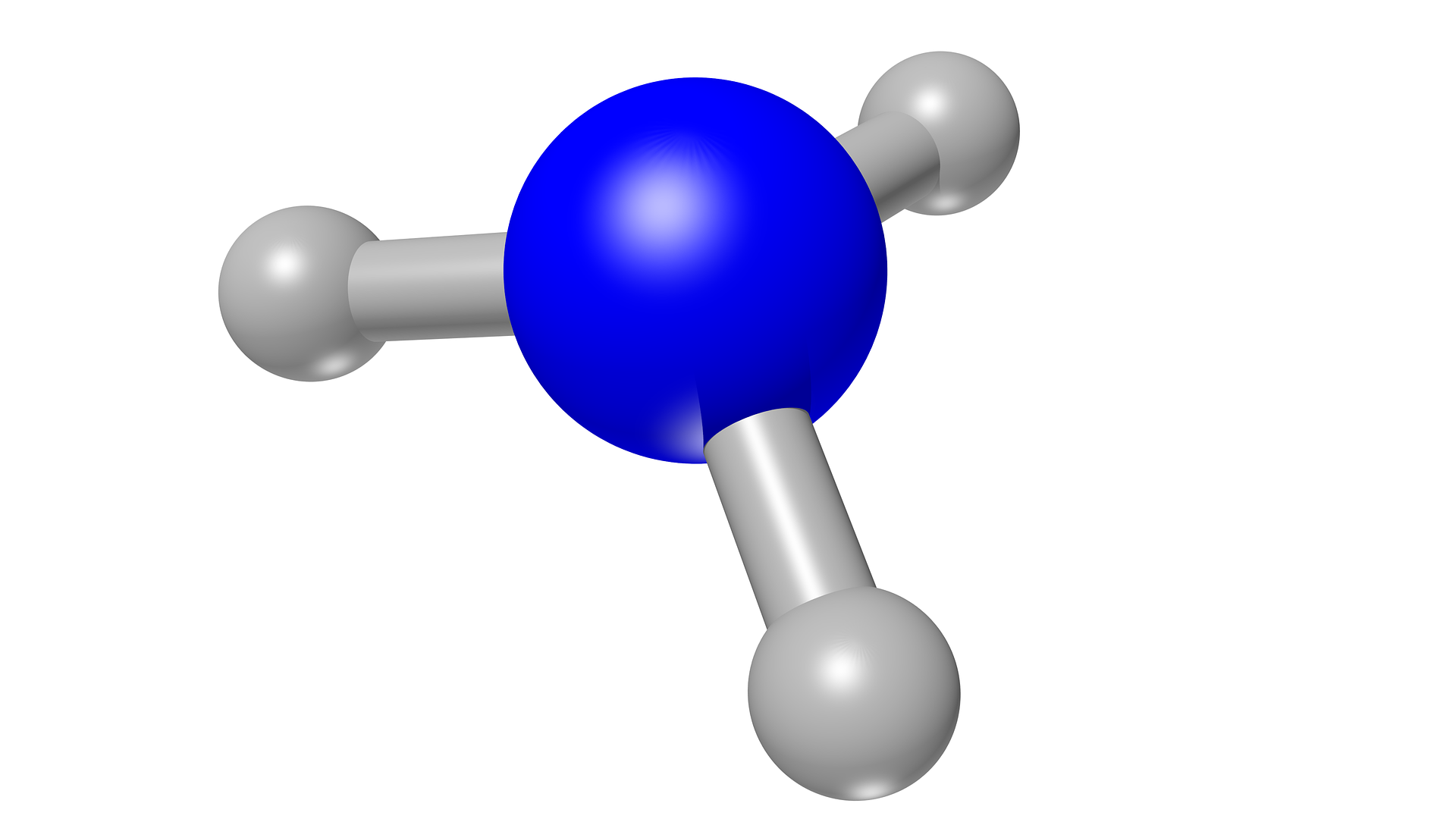
An experimental and computational study in Nature Catalysis shows promise for new class of catalysts producing ammonia under mild conditions, writes the Technical University of Denmark in a press release.
The production of ammonia amounts to about 200 megatons per year. This makes it the second-most produced chemical in the world, surpassed only by sulphuric acid.
There are several means of producing ammonia, but the Haber-Bosch process remains the most prevalent, accounting for about 90 % of total production. In any case, Haber-Bosch and the other processes involved in industrial-scale production require high temperatures (more than 400°C) and high pressure (more than 150 bar). Those conditions are needed to break the strong bonds in nitrogen and react with hydrogen to form ammonia (NH3).
These processes, taking up around 1% of global energy consumption, are largely fossil fuel-based. Hence, ammonia is the most greenhouse gas-intensive chemical-making reaction globally, totalling roughly 1,5% of total global CO2 emissions. In addition, demand for ammonia is only expected to increase in the coming years, mainly due to its use in synthetic fertilisers needed to feed an increasing global population.
“One of the major challenges on the climate front, and the energy and food front, is the production of ammonia. Today it is made in some of the largest factories in the world. The only really efficient way to make ammonia is under high temperatures and high pressure and using a carbon-based feedstock,” says Professor Tejs Vegge from DTU Energy and the VILLUM Center for the Science for Sustainable Fuels and Chemicals (V-Sustain). He lead the research along with Professor Ping Chen from the Dalian Institute of Chemical Physics (DICP), Chinese Academy of Sciences.
“Nature is very good at making ammonia at ambient pressure and temperatures in enzymes like nitrogenase. However, the process is very slow and impossible to scale to industrial production,” says Tejs Vegge.
Potential game-changer
For decades, scientists have been working hard to find new and more sustainable ways to produce ammonia. Together with the team from DICP, Tejs Vegge and his colleagues from DTU, Dr Jaysree Pan and Associate Professor Heine A. Hansen, have introduced a potential game-changer with a new class of complex metal hydride catalysts that had them reach the coveted mild-condition ammonia synthesis. They believe their method could pave the way for new and more sustainable means of ammonia production. Their paper was published in Nature Catalysis.
Their process allows them to synthesise ammonia at temperatures as low as 300°C and at pressures as low as 1 bar. Practical application of these catalysts shows promise concerning small-scale production of ammonia based on renewable energy. Such systems would generally require catalysts operating under pressures around 50 bar and temperatures below 400°C.
“We believe our research stands out in that this new class of catalysts actually lies somewhere between the biological and the industrial processes. It has something from the human, artificial process – heterogeneous catalysis – and something from what goes on in enzymatic and homogenous catalysis. It is an entirely new way of making ammonia, and we’re using the best of both worlds allowing us to lower the temperature and pressure significantly.”
No false notes
“This new class of catalysts actually lies somewhere between the biological and the industrial processes. “Professor Tejs Vegge.
Basically, their alternative class of complex metal hydride catalysts (Li4RuH6 and Ba2RuH6) can catalyse ammonia formation from hydrogen (H2) and nitrogen (N2). The reduction of nitrogen is realised via multiple ruthenium hydride complexes, [RuH6]4-, which are rich in electrons and hydrogen. The hydrogen transports electrons and protons between the centre and the nitrogen. At the same time, the alkaline metals lithium or barium (Li/Ba) stabilise the reaction intermediates. However, the process is highly dynamic; several parts of the complex also serve other functions. The calculations alone have taken years to complete.
“Everything is different from what we’ve seen before. For example, although ruthenium is a well-known component in ammonia catalysis, it is present in a different form and behaves differently. It is surrounded by hydrogen atoms and forms a hydride complex, allowing it to transfer hydrogen in a novel way. You could picture this catalyst as a symphony orchestra, where every part has to function together to make it work. The fascinating part is that it does work – there are no false notes,” says Tejs Vegge.
“Ammonia catalysis is arguably the best-studied catalytic system in the world. To find a truly new mechanism that opens a door into a new world is very satisfying as a scientist. However, it may also open up new possibilities for ammonia production to take place in a less energy-intensive way. The large factories of today are needed to make the production profitable. Our catalysts or similar concepts may enable production in smaller, decentralised factories. This would also cut down on transport, which adds substantially to the price and CO2 emissions of ammonia today.”
Also interesting: An ammonia-powered ship could be sailing as early as 2022, but is it good for the environment?
Selected for you!
Innovation Origins is the European platform for innovation news. In addition to the many reports from our own editors in 15 European countries, we select the most important press releases from reliable sources. This way you can stay up to date on what is happening in the world of innovation. Are you or do you know an organization that should not be missing from our list of selected sources? Then report to our editorial team.

